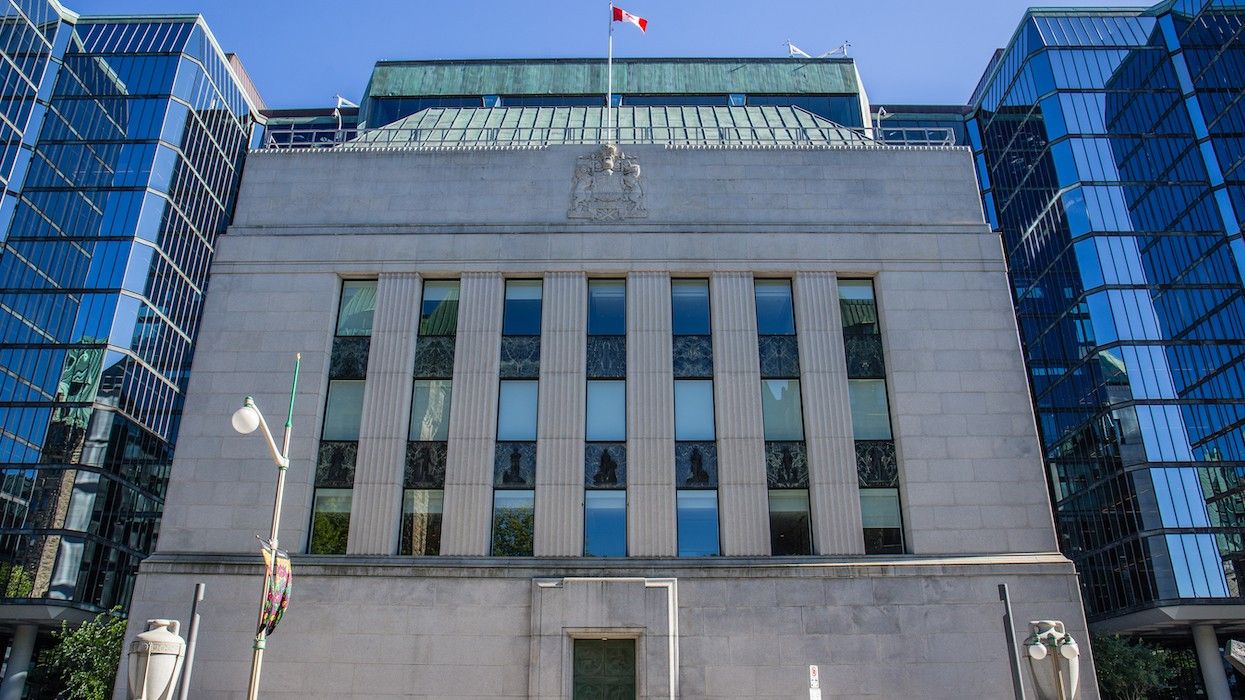As we head further into the spring selling season, all eyes of those in real estate are on the Bank of Canada’s (BoC) next move on the interest rate front – and gross domestic product (GDP) has a big part to play. This morning, Statistics Canada (StatCan) reported that real GDP rose 0.2% in February. According to StatCan, February’s expansion came as services-producing industries increased 0.2%, helped by gains in transportation and warehousing.
As for goods-producing industries, they were essentially unchanged. Meanwhile, the mining, quarrying, and oil and gas extraction sector grew, but the utilities and manufacturing sectors contracted. Overall, 12 out of 20 sectors increased in February, however, eight sectors contracted. Furthermore, as BMO Economics highlights in a report from Tuesday, seven sectors have activity below their year-ago level – something that BMO Economist Benjamin Reitzes says highlights the challenges facing the economy.
February’s growth followed a 0.5% in January. Looking ahead, StatCan says its advance estimate for March suggests that real GDP was essentially unchanged for the month – thanks to decreases in manufacturing and trade offsetting gains in utilities and real estate – which is something BMO says isn’t a surprise after the weakness in earlier data. BMO highlights that StatCan’s estimate for Q1 growth is around +2.5 annualized, something that was “bang on” in their call and “a touch below” the BoC’s 2.8% forecast.
BMO calls the start of 2024 “eerily similar” to 2023, when the economy started the year with a bang, only to stall after Q1. “While Q1 looks like it was decent overall, the loss of momentum as the quarter progressed is the bigger takeaway from this report,” writes Reitzes. “That puts additional pressure on the BoC to begin cutting as soon as June (which is still dependent on CPI in a few weeks).”
In addition, Reitzes says that “persistently strong” data south of the border are making things increasingly complicated for Canada’s central bank. “It appears that the Fed could be on hold for a while,” he writes, of Canada’s American counterpart.

A report from TD Economics essentially shares a similar sentiment. In it, Economist Marc Ercolao highlights how the Canadian economy continued to grow in February, but at a slightly slower speed after January's downwardly revised print and February's downside miss. “Still, with today's print and next month's guidance, first quarter GDP is tracking a healthy 2.5% q/q annualized, in line with the Bank of Canada and our estimates,” writes Ercolao. Like Reitzes, Ercolao says that, while today’s report is consistent with expectations that the first quarter growth will “post a decent print compared to the meager growth seen over 2023,” the deceleration seen in February and likely March suggests that the rebound is likely to last.
“This should encourage the Bank of Canada, which needs to make sure inflation is on a sustainable path back to 2%,” writes Ercolao. “At this stage, market pricing is split down the middle between the first interest rate cut occurring in June or July. We lean towards the latter as it will give the Bank slightly more time to ensure that inflationary trends are durable.”
In its own report, also published Tuesday, CIBC economists also forecast a “sluggish” level of growth as we move into the second quarter of the year. “We suspected that strength in GDP at the start of the year largely reflected an easing of previous supply constraints as well as better than normal winter weather, and the waning of momentum since January supports that view,” reads the report. “If growth remains sluggish at the start of Q2 as we expect, and inflation doesn't heat up again in April, the Bank of Canada should start gradually reducing interest rates at the June meeting.”
Like BMO, CIBC points to the impact of the United States (US). “Even though today's GDP data were slightly weaker than had been anticipated, bond yields rose following the release, as higher than expected wage data for the US further pushed back expectations for Fed rate cuts,” reads the CIBC report. “The Canadian dollar weakened against its US counterpart.”
As the next few months offer telling indicators as to the fate of the next BoC announcement, realtors are already reporting that Canada’s buyers are reemerging from the sidelines.





















